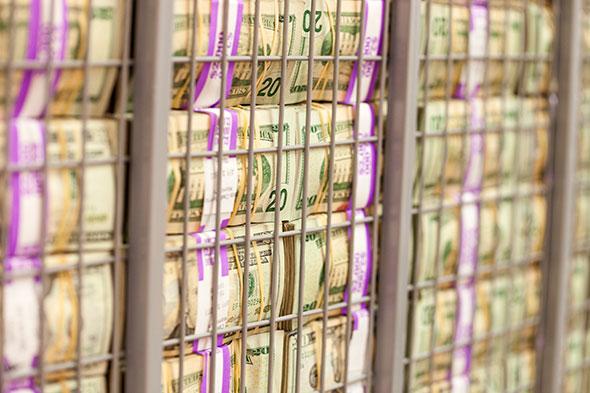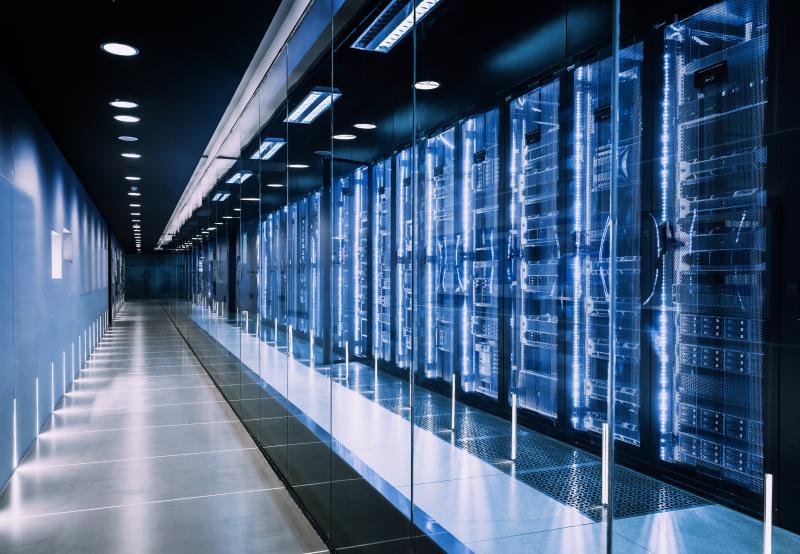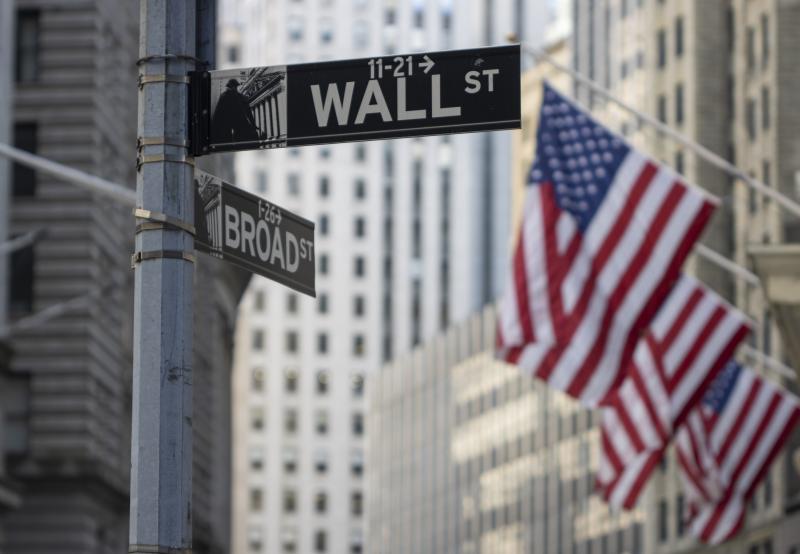
The term “money laundering” may soon take on a much more positive connotation thanks to a Rhode Island company called Spectra Systems. It has invented a new solvent based on carbon dioxide (CO²) that can clean soiled banknotes without destroying or damaging security features incorporated to prevent counterfeiting.
According to a recent article in The Economist, it is estimated that central banks around the world print almost 150 billion replacement notes each year at a cost of $10 billion to replace damaged and soiled banknotes that weigh an estimated 150,000 tons. Adding to the cost is the need to destroy the old notes in a secure and environmentally responsible way.
Money becomes soiled primarily through simple handling by people. Human skin contains an oily substance called sebum that turns notes brown and obscures their features. Over time the sebum buildup prevents ATMs and other devices from reading the notes properly. Cleaning currency with harsh chemicals damages the security features widely incorporated into today’s currency.
CO² is known to most people as either a gas or solid (dry ice) used to keep things cold. When it is compressed at the right temperature, it becomes a “supercritical fluid” that is already in use for cleaning grease from machinery. Applied to soiled currency, it restored the bills to usable condition with no damage to security features.
One of the important processes that GardaWorld performs when processing cash is to weed out damaged and soiled note to make the money supply “Fed fit” or suitable for use in ATM machines. In the future, that process might include money laundering with CO² instead of earmarking notes for destruction, extending the life of currency in circulation and reducing the need for replacement notes.








